How Long Can Aluminum Foil Be in the Microwave?
Aluminum foil is a staple in many kitchens, used for everything from wrapping up leftovers to lining baking sheets. But when it comes to using it in the microwave, there are some important considerations to keep in mind. In this blog post, we will explore the safety of using aluminum foil in the microwave, recommended practices to follow, potential risks that can arise, and the effects of prolonged exposure. Additionally, we will discuss alternative uses for aluminum foil that can help you make the most out of this versatile kitchen tool. By understanding the best practices for using aluminum foil in the microwave, you can ensure both the safety of your food and the longevity of your appliances.Discover safety tips, recommended practices, potential risks, and alternative uses of prolonged exposure to maximize the benefits of this product.
Safety
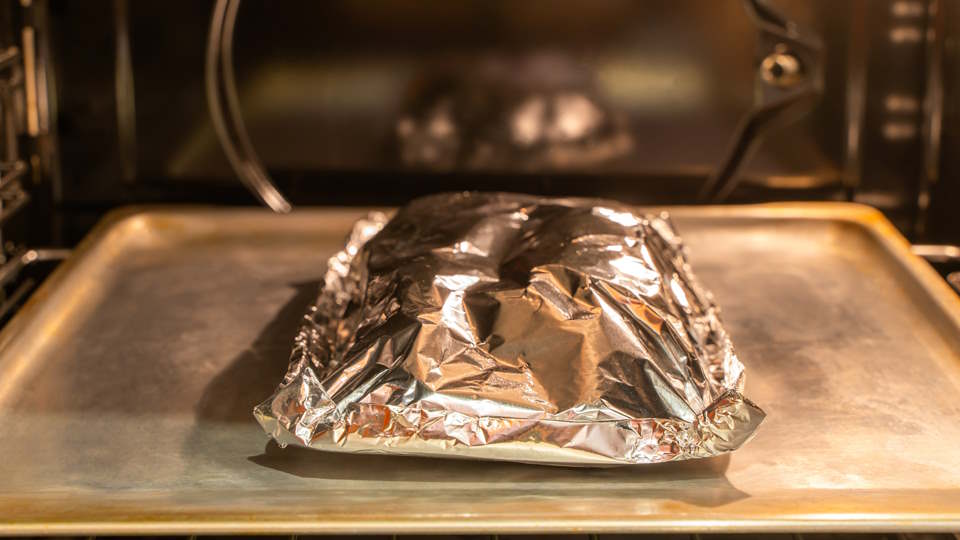
Aluminum foil is a common household item that many people use for cooking, storing food, and even wrapping leftovers. However, when it comes to using aluminum foil in the microwave, there are some important safety considerations to keep in mind.
First and foremost, it is crucial to never put crumpled or wrinkled aluminum foil in the microwave. This can create sparks and potentially cause a fire. It is always best to use flat, smooth pieces of aluminum foil if you need to use it in the microwave.
Additionally, make sure that the aluminum foil is not covering too much of the food you are heating up in the microwave. This can restrict airflow and may result in uneven heating or even damage to your microwave.
Lastly, always follow the manufacturer’s guidelines when it comes to using aluminum foil in the microwave. Some microwaves may have specific instructions on how to safely use aluminum foil, so it is important to read and follow these guidelines to avoid any potential safety risks.
Recommended practices
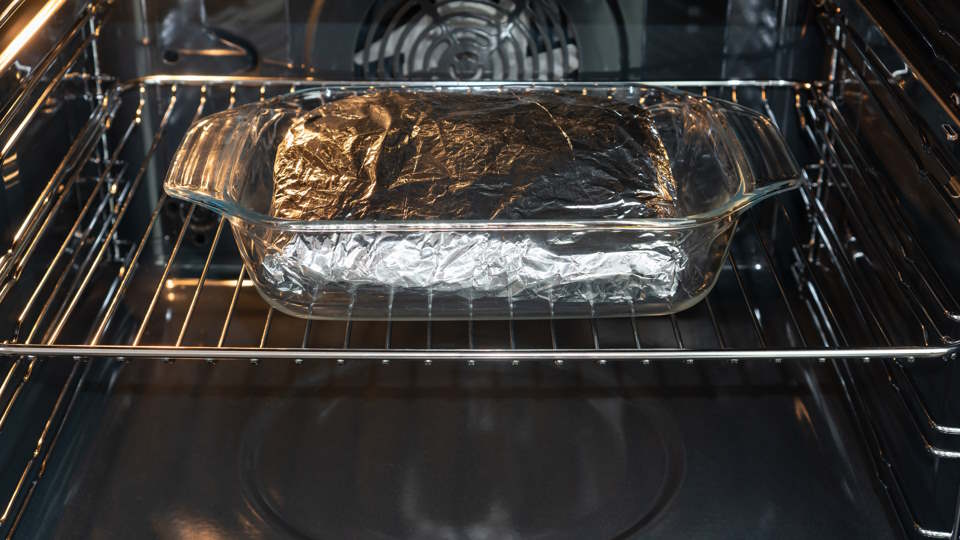
When it comes to using aluminum foil in the microwave, it is important to follow recommended practices to ensure your safety and avoid any potential risks. Firstly, always check the manufacturer’s recommendations as some foil may not be suitable for microwave use. Secondly, only use aluminum foil that is specifically labeled as microwave-safe to prevent sparking and potential damage to your appliance.
Another important practice is to never use aluminum foil to cover the entire surface of your food when microwaving. Instead, use small strips or tent the foil over the food to allow for proper air circulation. Additionally, do not crumple or tightly bunch up the foil as this can increase the risk of sparking and create a fire hazard.
It is also recommended to avoid using aluminum foil to cook acidic foods or foods high in salt or fat as they can cause the foil to deteriorate and potentially transfer harmful substances to your food. Lastly, always use caution when handling hot items wrapped in aluminum foil as it retains heat well and can cause burns if not handled properly.
By following these recommended practices when using aluminum foil in the microwave, you can ensure your safety, avoid potential risks, and enjoy the convenience of using this versatile kitchen tool.
Potential risks
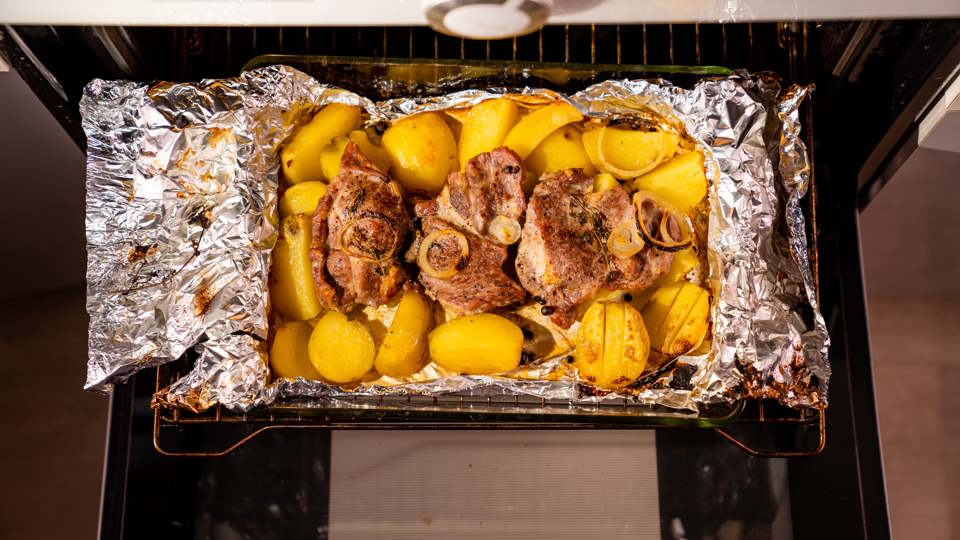
When it comes to using aluminum foil in the microwave, there are several potential risks that you need to be aware of. One of the main concerns is that if the foil is not properly folded or positioned, it can create sparks and potentially cause a fire inside your microwave. This can not only damage your appliance but also pose a serious safety hazard in your kitchen.
Another potential risk of using aluminum foil in the microwave is that it can create a barrier that prevents the food from heating evenly. This can result in hot spots that may lead to burns when handling the dish. Additionally, if the foil is wrinkled or crumpled, it can cause arcing – a phenomenon where electricity jumps between two points on the foil, potentially damaging your microwave.
Moreover, if you accidentally leave a piece of aluminum foil in the microwave for too long, it can melt and potentially catch fire. This can release harmful fumes into your kitchen, posing a health risk to anyone in the vicinity. It’s important to always monitor the foil when using it in the microwave to prevent such potential risks from occurring.
In conclusion, while aluminum foil can be a convenient tool in the kitchen, it’s essential to be aware of the potential risks associated with using it in the microwave. By following recommended practices and safety guidelines, you can minimize the likelihood of accidents and ensure a safe cooking experience.
Effects of prolonged exposure
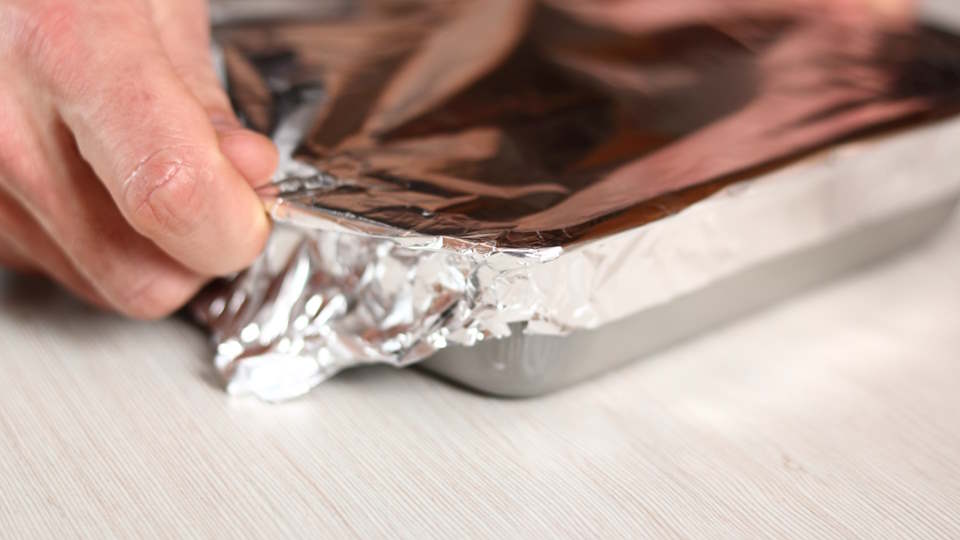
Aluminum foil is a common household item that is often used to cover food in the microwave for heating purposes. However, using aluminum foil in the microwave can have detrimental effects on your health if done so for prolonged periods of time.
One of the main concerns with prolonged exposure to aluminum foil in the microwave is the potential risk of leaching aluminum into your food. Studies have shown that high levels of aluminum in the body can lead to various health issues such as neurological disorders and kidney problems.
In addition, using aluminum foil in the microwave for extended periods can also increase the risk of sparking and fire. This can be extremely dangerous and can lead to serious injuries or damage to your microwave.
It is recommended to avoid using aluminum foil in the microwave altogether to prevent these potential risks and effects of prolonged exposure. Instead, opt for microwave-safe containers or dishes to heat up your food without any potential health hazards.
Alternative uses
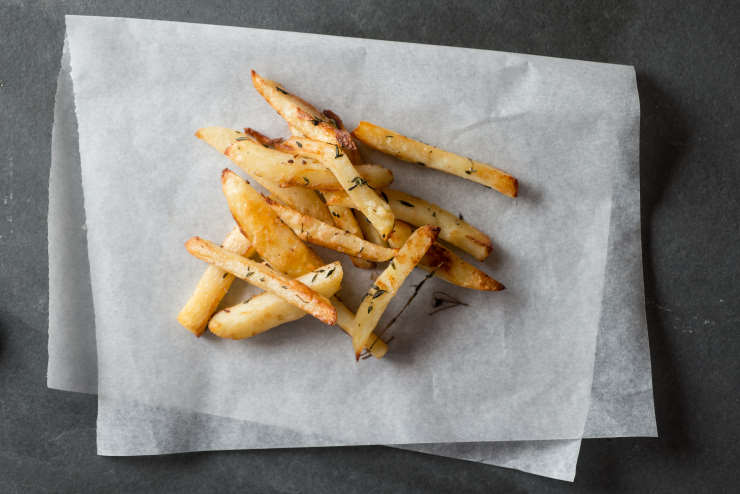
While aluminum foil is commonly used in the kitchen for cooking and storing food, it actually has many alternative uses that you may not have considered. One alternative use for aluminum foil is to sharpen scissors. Simply fold a piece of foil into several layers and then cut through it with the scissors to help sharpen the blades. Another alternative use is to line your cabinets with foil to make cleaning up spills easier. Additionally, aluminum foil can be used to create makeshift molds for crafting projects or as a reflector to improve the efficiency of a flashlight.
Some people even use aluminum foil in gardening by wrapping the bases of trees or plants to protect them from pests. Another alternative use is to create shiny decorations or jewelry by embossing or stamping onto the foil. Additionally, aluminum foil can be used in laundry to help soften clothes or remove static cling by adding a ball of foil to the dryer.
For those who enjoy DIY projects, aluminum foil can be used to clean and polish chrome or stainless steel surfaces. You can also use foil to help remove rust from metal objects by soaking them in a solution with foil and baking soda. Furthermore, aluminum foil can be shaped into a funnel for pouring liquids or used as a tool for helping seedlings grow by reflecting light onto them.
Overall, aluminum foil has a wide range of alternative uses beyond just wrapping up leftovers. From sharpening scissors to protecting plants, there are many creative ways to utilize this versatile material in various aspects of your daily life.

